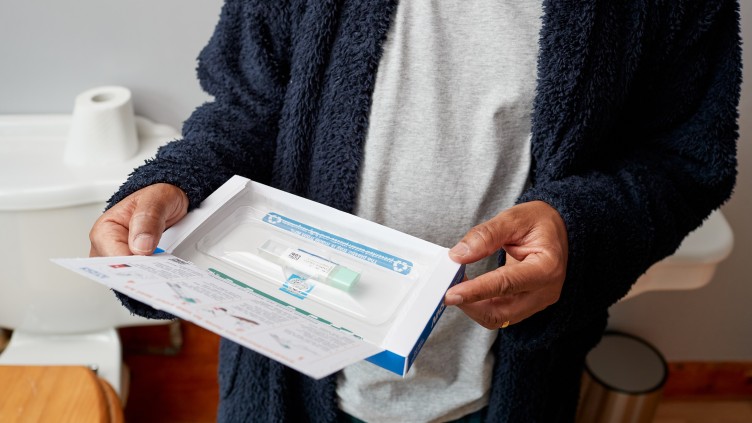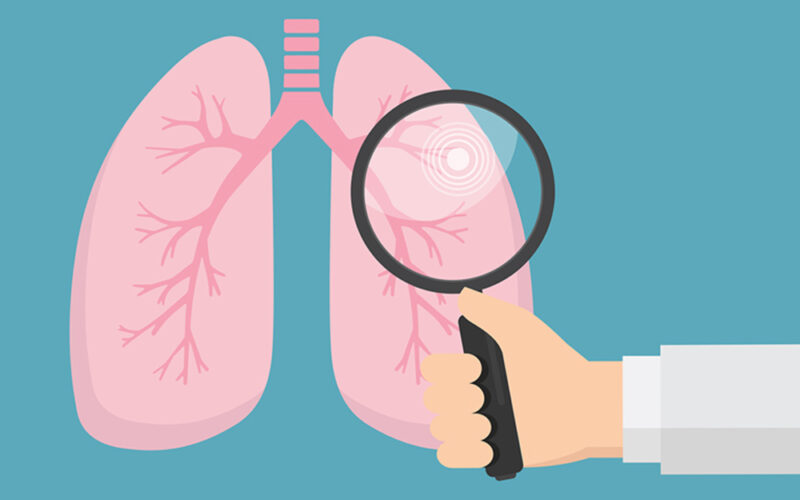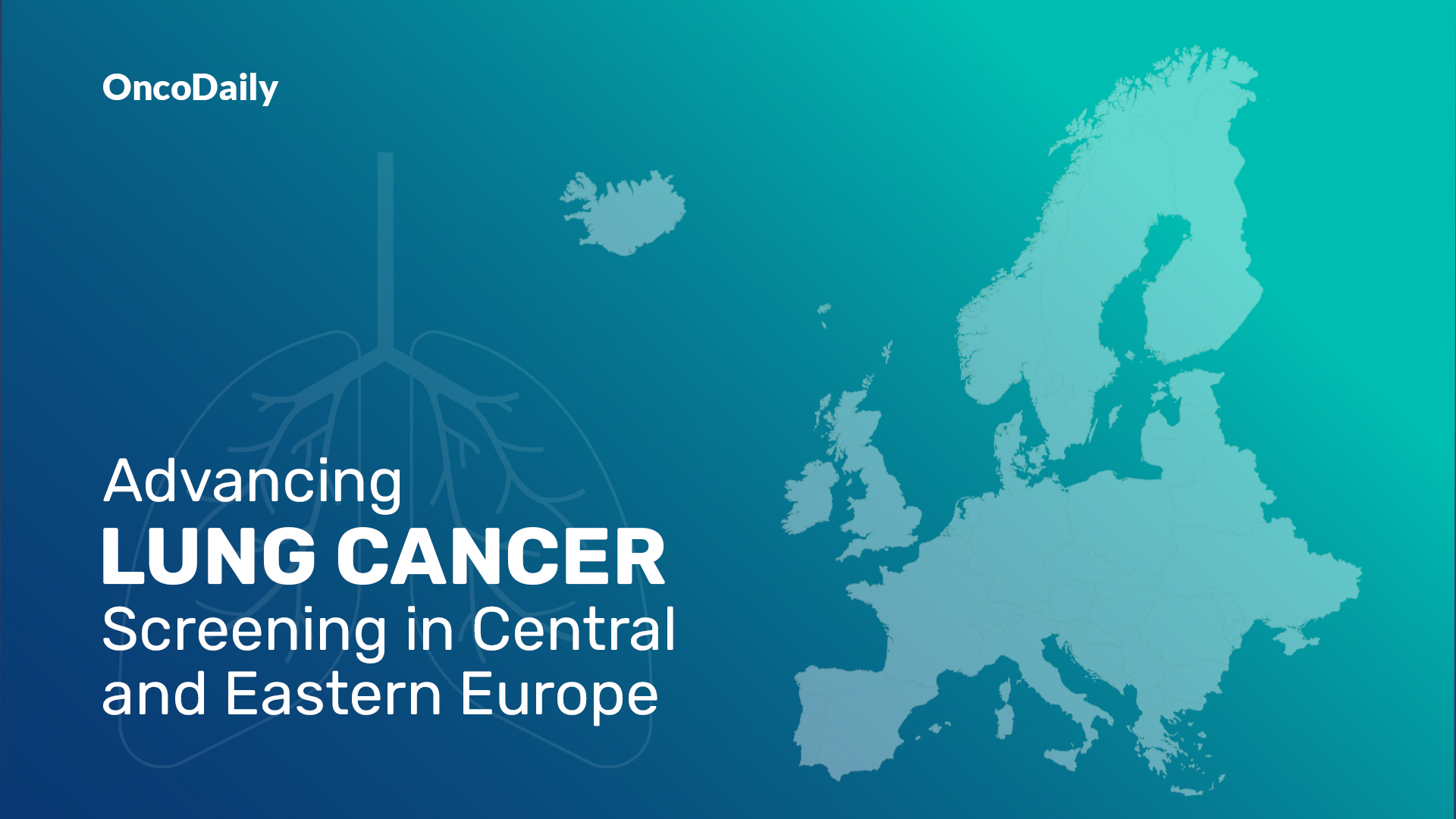In 2020, Croatia became the first European Union country to establish a national lung cancer screening program, setting a precedent for other nations in the region.
Since then, three additional countries in Central and Eastern Europe (CEE) have followed suit, each at different stages of implementation. The European Council’s recommendation to include lung cancer screening and the EU4Health project ‘Strengthening the Screening of Lung Cancer in Europe’ (SOLACE) have increased the prominence of lung cancer screening at the European level. Through SOLACE, many CEE countries can access EU funds to support screening efforts.
The region’s well-established screening infrastructure, partly due to high historical rates of tuberculosis (TB), positions CEE countries advantageously for rolling out lung cancer screening programs. Additionally, centralized health systems further enhance the ability to implement such initiatives effectively, paving the way for broader adoption across the region.
About the screening programmes which are helping detect lung cancer earlier:
Some countries in the Central and Eastern Europe (CEE) region have the highest lung cancer incidence and mortality rates in Europe, with over 80,000 people diagnosed annually. These rates are increasing, particularly among women. High smoking rates, often attributed to limited tobacco-control measures, are a major factor contributing to the region’s elevated lung cancer rates.
Screening programs are helping to address this issue by promoting earlier detection, which is crucial for improving outcomes. Currently, 50% of lung cancer cases in the region are diagnosed at a late stage, when the five-year survival rate is less than 10%. By detecting the disease earlier, screening offers the potential to significantly improve survival rates and reduce the burden of late-stage diagnoses.

Screening Program in Croatia:
Croatia’s national lung cancer screening program, launched in 2020, aimed to screen 50% of the target population by 2025 and reduce lung cancer deaths by 20% by 2030. The program has already surpassed its initial target, achieving over 80% screening coverage by 2023. This achievement highlights the country’s commitment to early detection and improving lung cancer outcomes.
By the end of 2023, more than 30,000 scans had been performed, screening over 26,000 participants and identifying more than 300 cancers, including lung cancers. The success of Croatia’s program has positioned it as a model for other countries in the region, offering valuable insights into the benefits of widespread screening for early cancer detection and improved survival rates.
Screening Program in Poland:
Poland’s National Pilot Lung Cancer Screening Programme, funded by the European Social Fund, ran from 2020 to 2023. While initially hampered by the COVID-19 pandemic, the program aimed to enroll more than 19,000 participants aged 50–74 across six macro-regions, with six research centers leading its implementation. The pilot focused on improving early lung cancer detection and overall awareness.
During the three-year pilot, nearly 40,000 CT scans were conducted, screening over 19,000 participants. The program has significantly improved early detection rates, with up to 70% of diagnosed cases being identified at stage 1, offering a better chance of successful treatment and improved survival outcomes.
Screening Program in Hungary:
Hungary has conducted three pilot lung cancer screening programs over the past decade, each building on the previous one to improve the detection and management of lung cancer. The first pilot, held from 2013 to 2020, aimed to demonstrate the feasibility of lung cancer screening in the country. It involved nearly 2,000 participants aged 50–79 and achieved a 1.5% lung cancer detection rate. This pilot successfully showed that low-dose CT (LDCT) screening was feasible and that the protocol and reporting platform were effective.
The second pilot, conducted from 2019 to 2022, focused on establishing a patient pathway and involved over 4,000 participants aged 50–75. It yielded a 1.8% lung cancer detection rate, with 60% of cases diagnosed at stage 1, a significant improvement over the control group, where only a smaller percentage of cases were diagnosed at this early stage. This pilot also saw a reduction of more than 30% in stage 4 diagnoses. The third pilot, which began in 2023, is focused on identifying individuals at the highest risk of lung cancer and inviting them for LDCT screening, further refining the country’s approach to early detection.

Screening Program in Czech Republic:
In 2022, Czechia launched a five-year population pilot screening program aimed at former or current smokers aged 55–74 with a smoking history of at least 20 pack-years. This initiative has made significant strides in improving early detection rates of lung cancer, with nearly 60% of diagnoses now occurring at stages 1 or 2, compared to only 15% before the program was implemented.
Over the first 27 months, the program reached more than 29,400 individuals, with over 9,600 having undergone their first low-dose CT (LDCT) scan. These efforts are part of a broader strategy to enhance early detection and improve outcomes for those at high risk of lung cancer, helping to establish a strong foundation for long-term screening in the country.
This article has been adapted from the Lung Cancer Policy Network website with the permission of The Health Policy Partnership.
